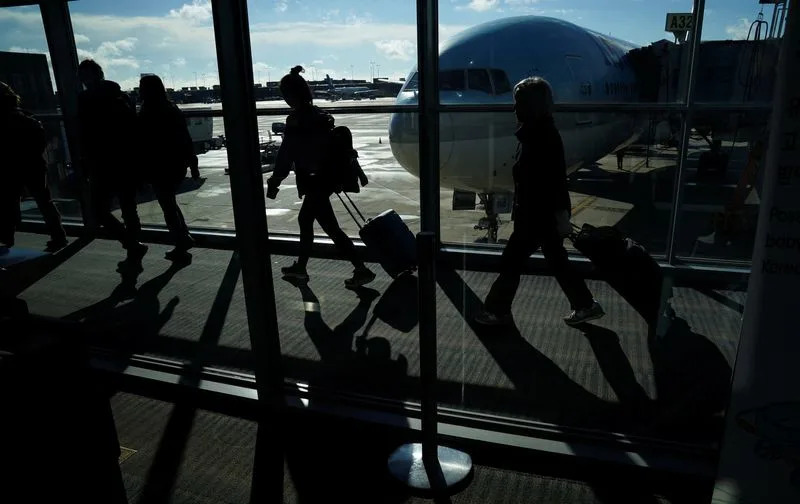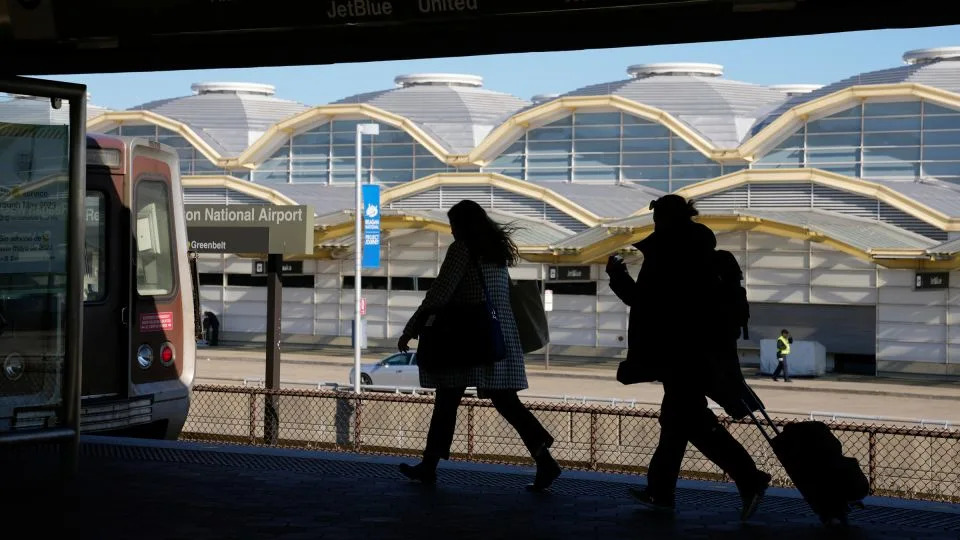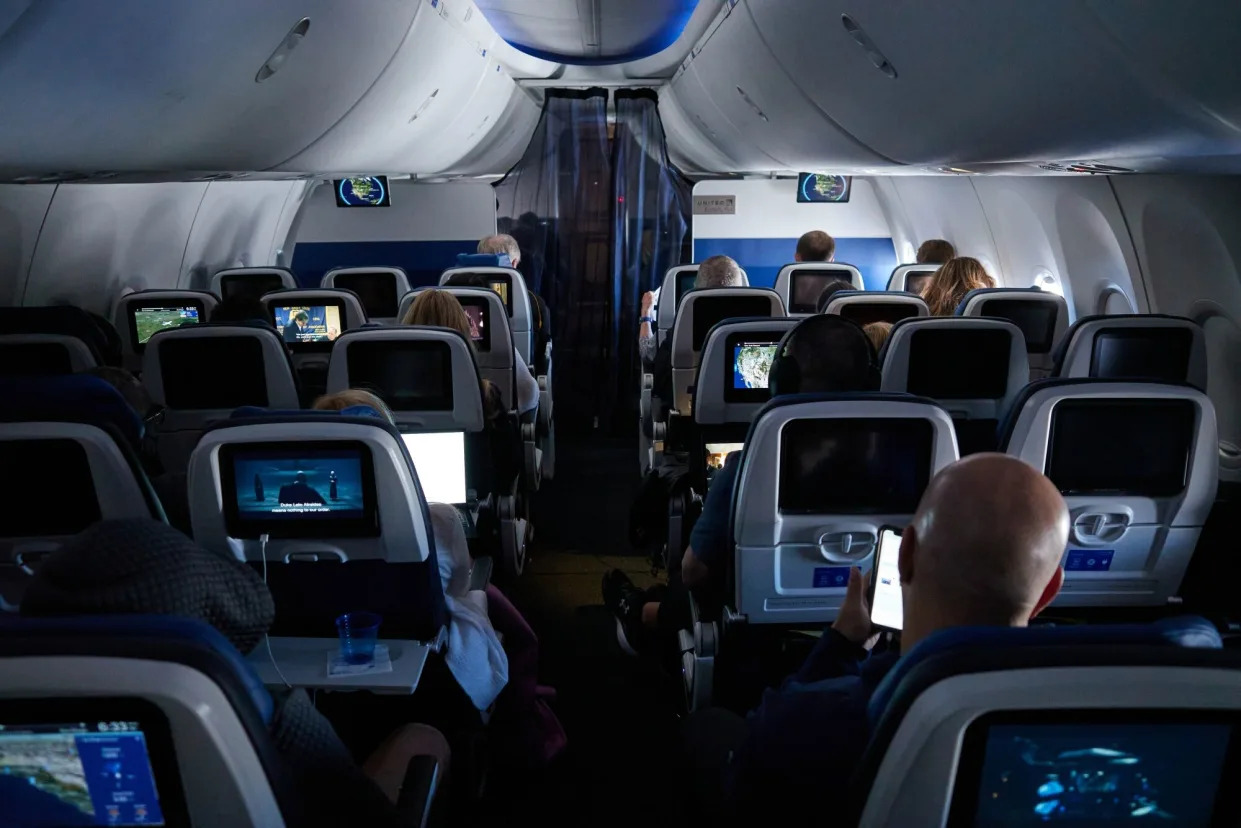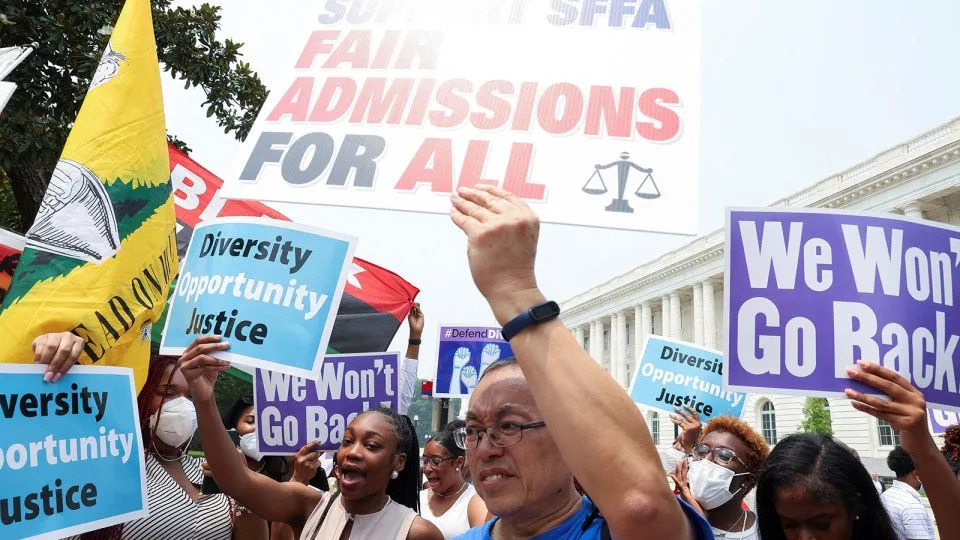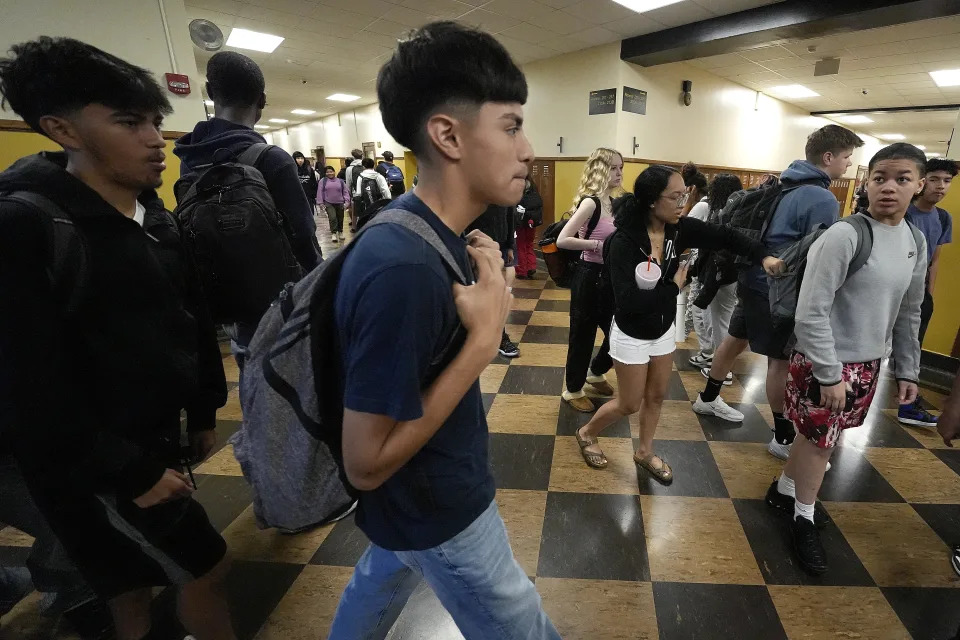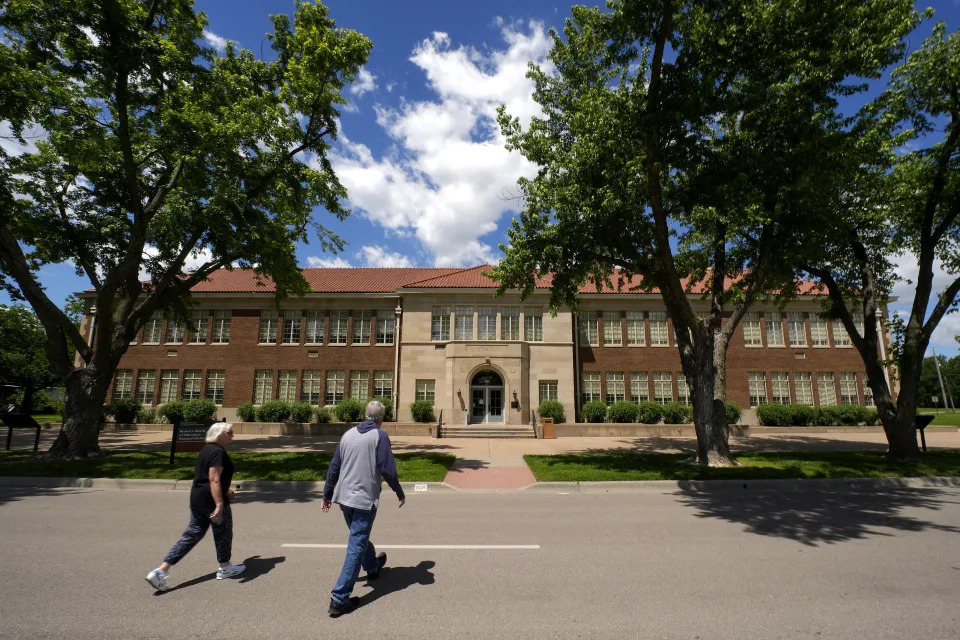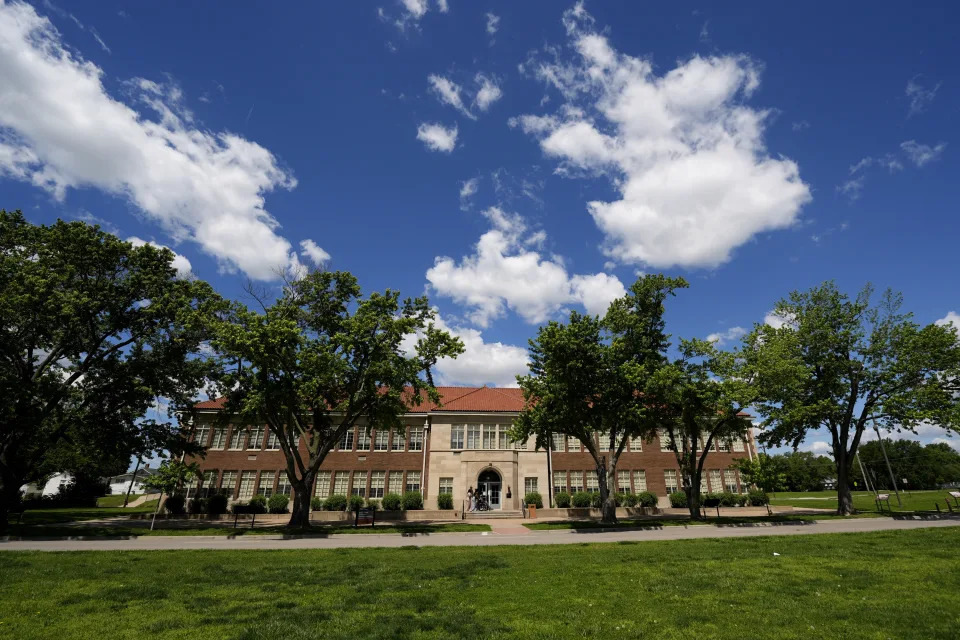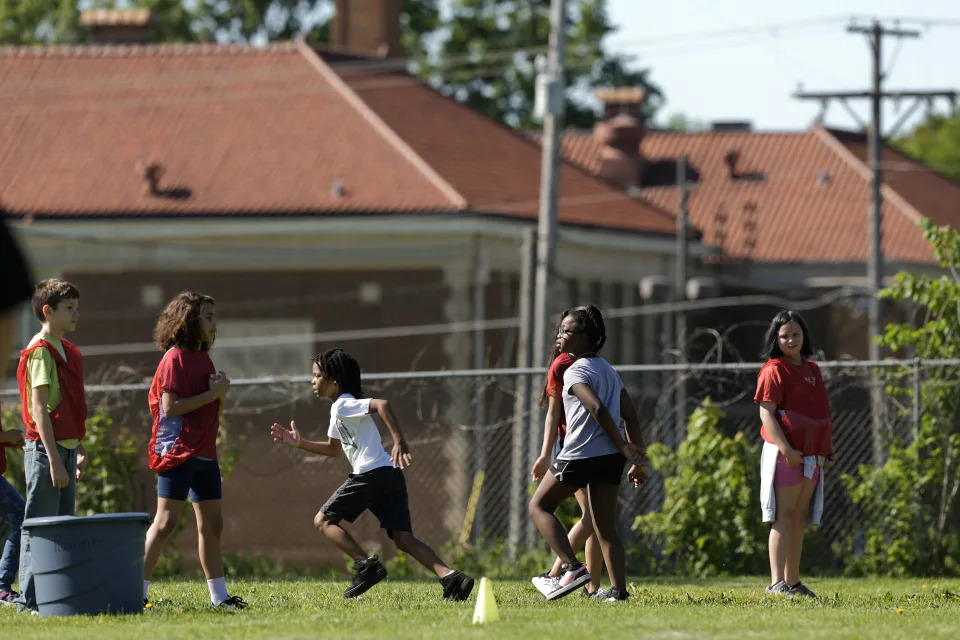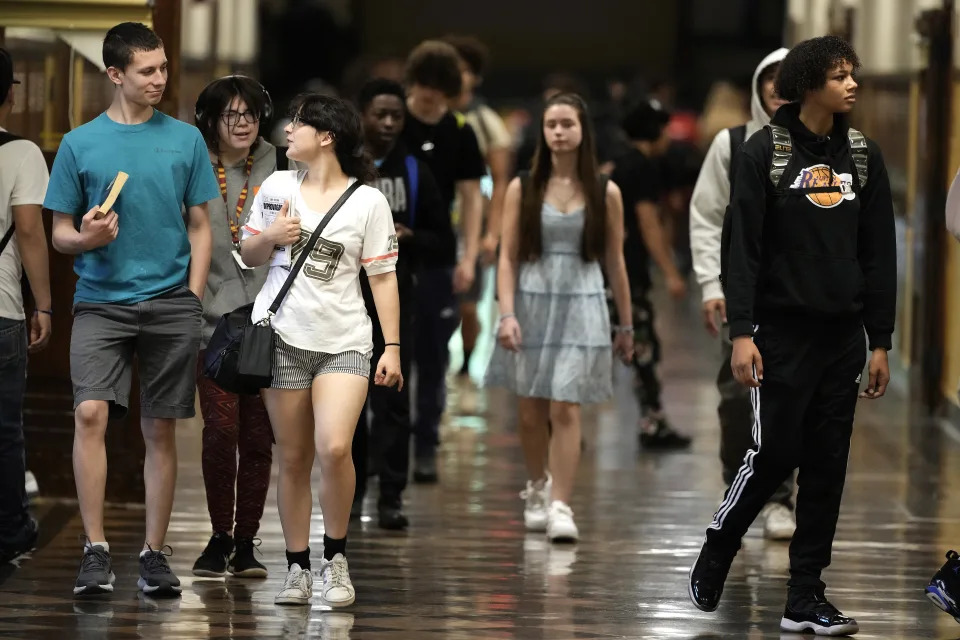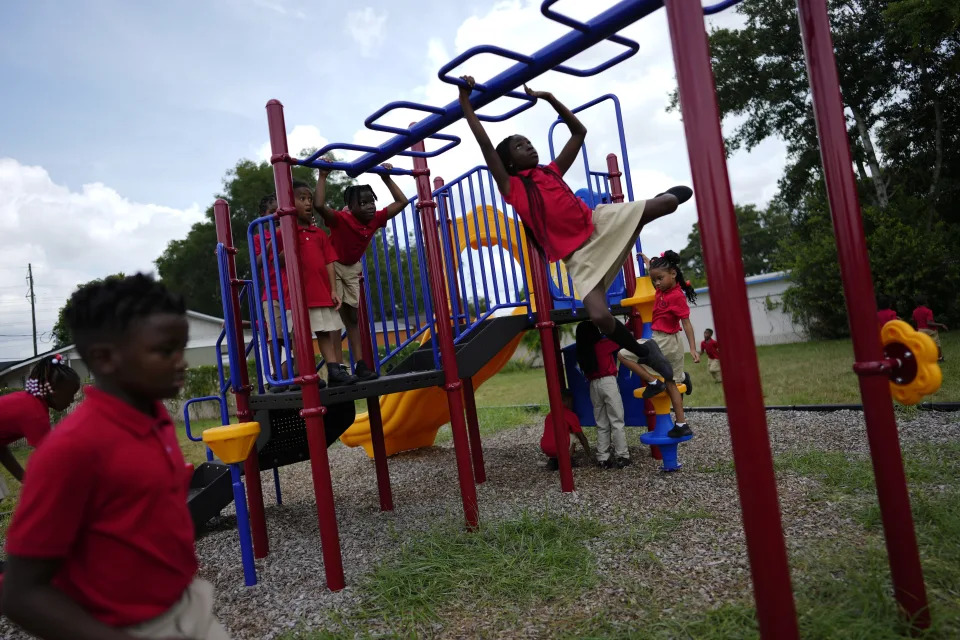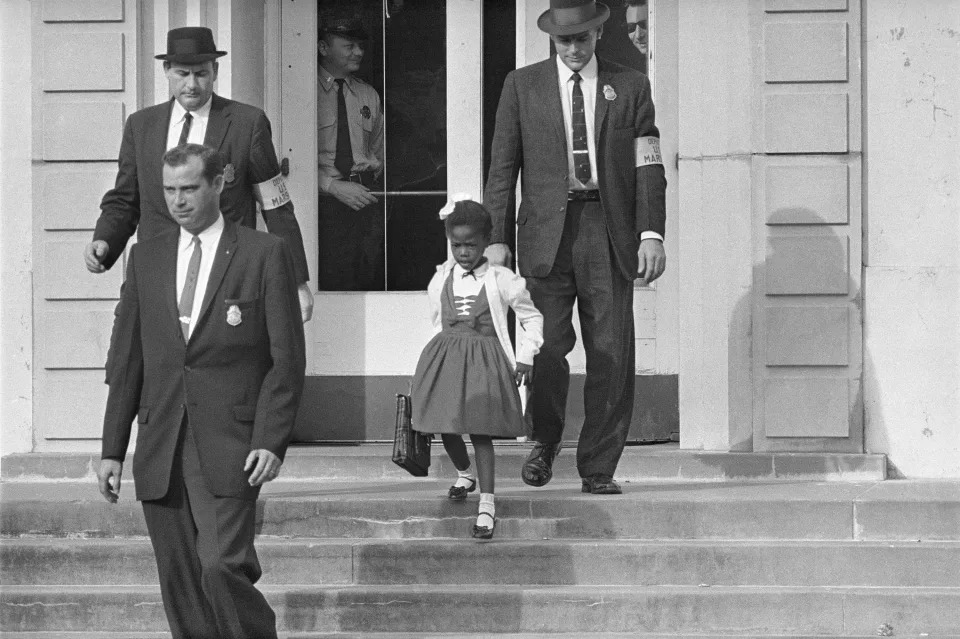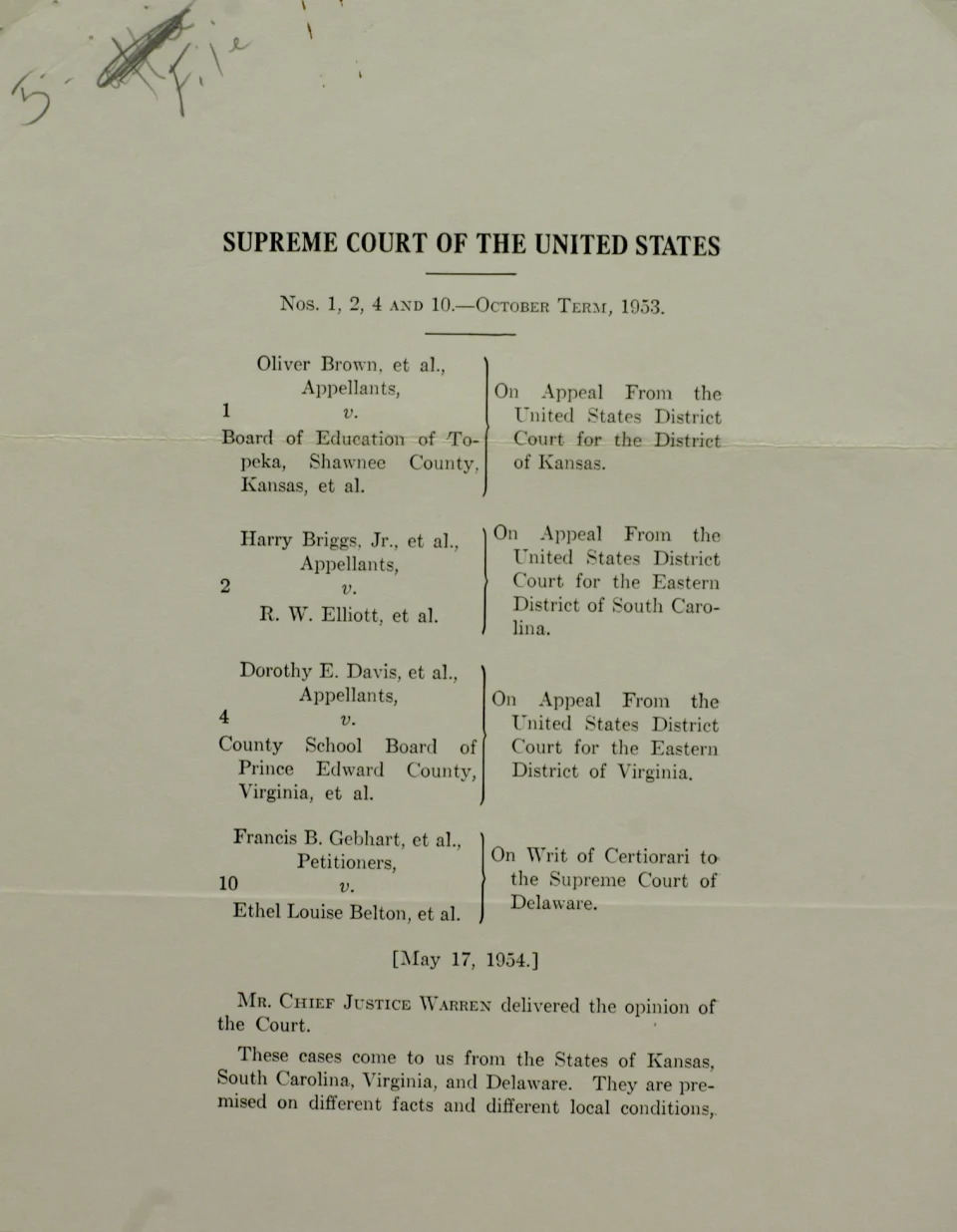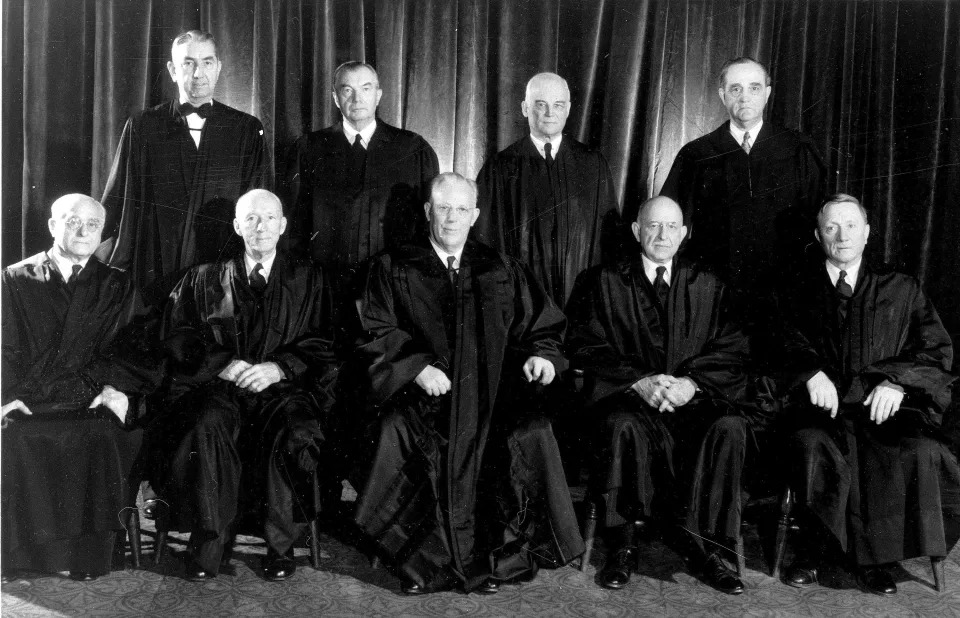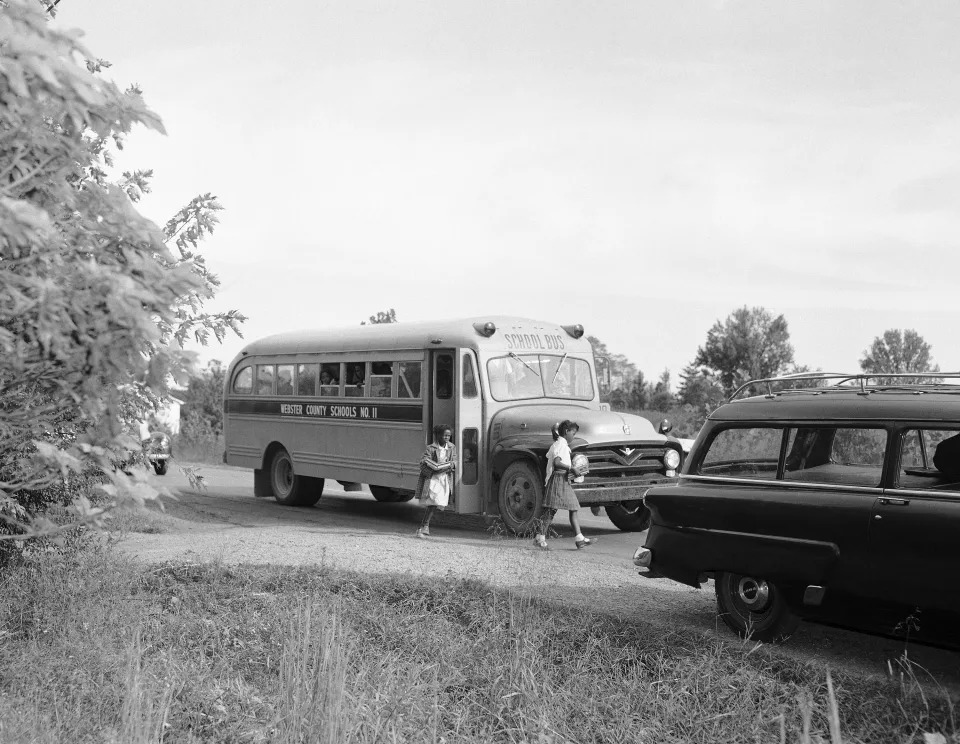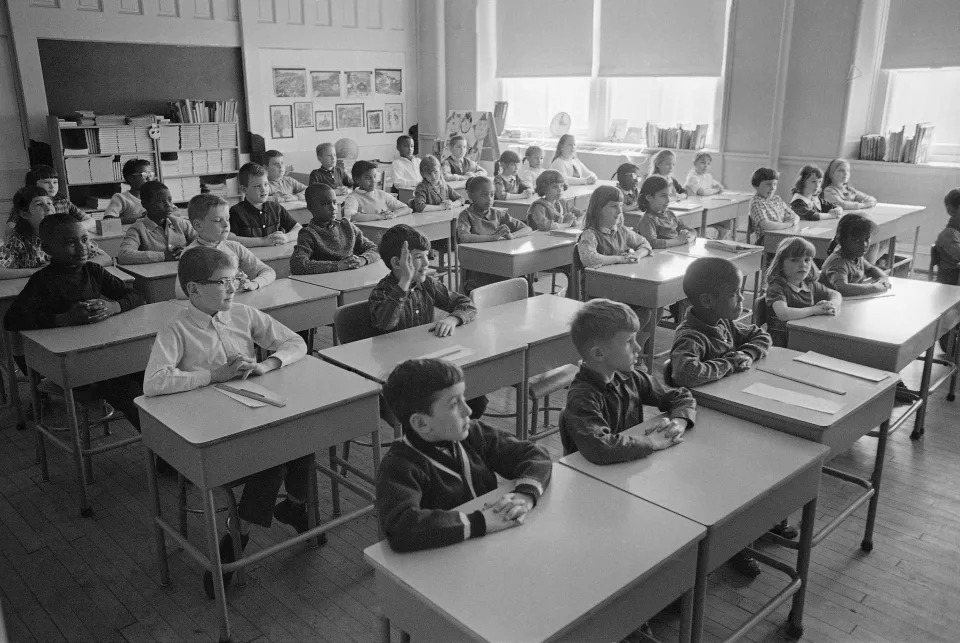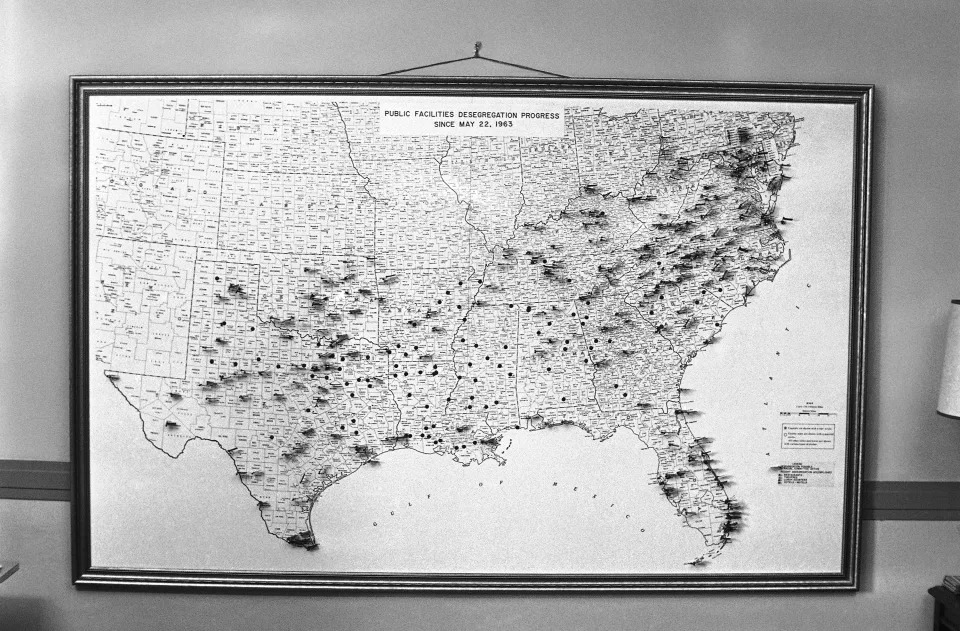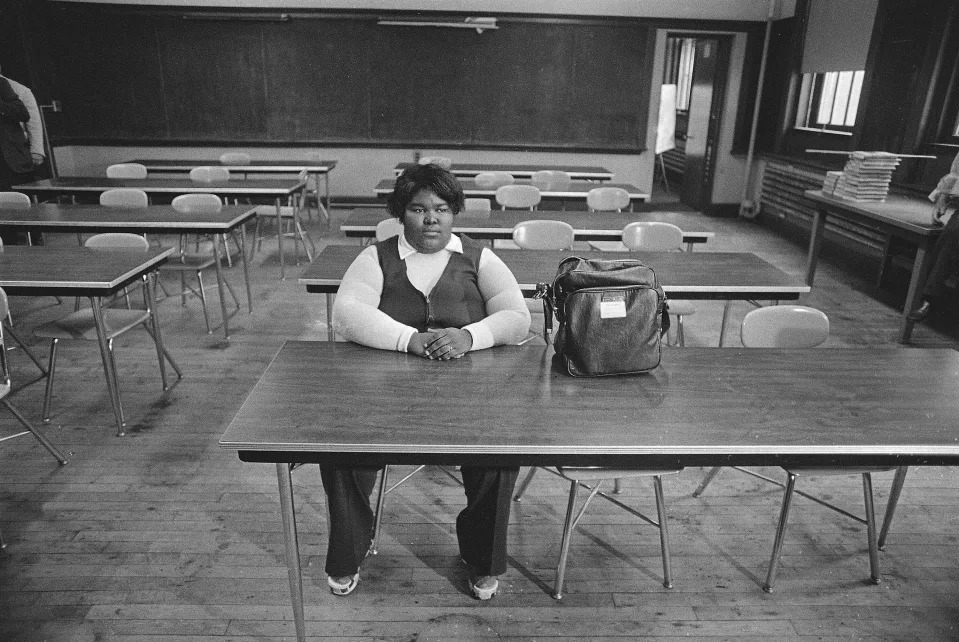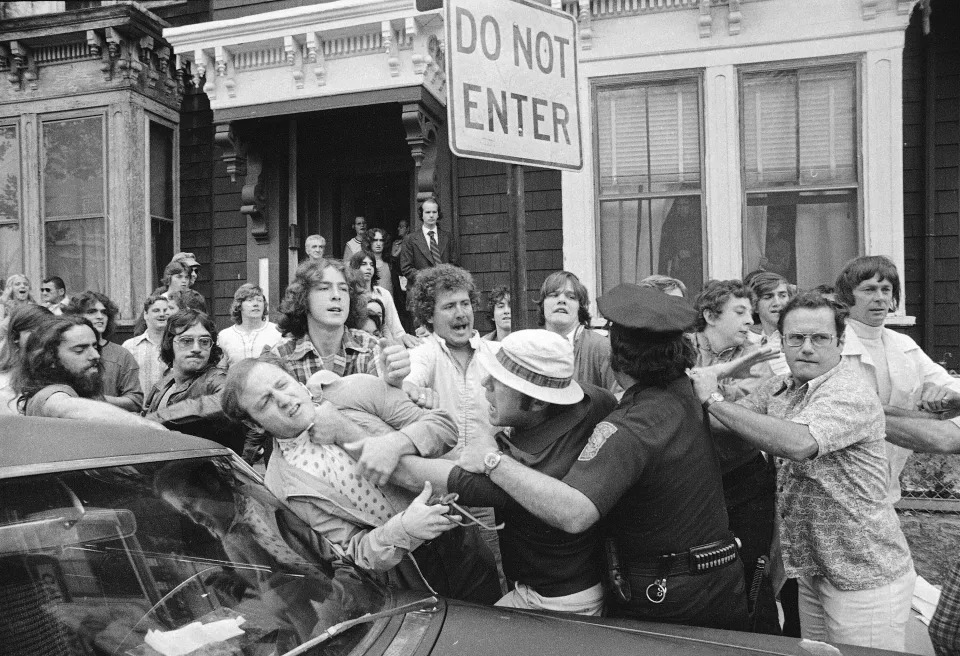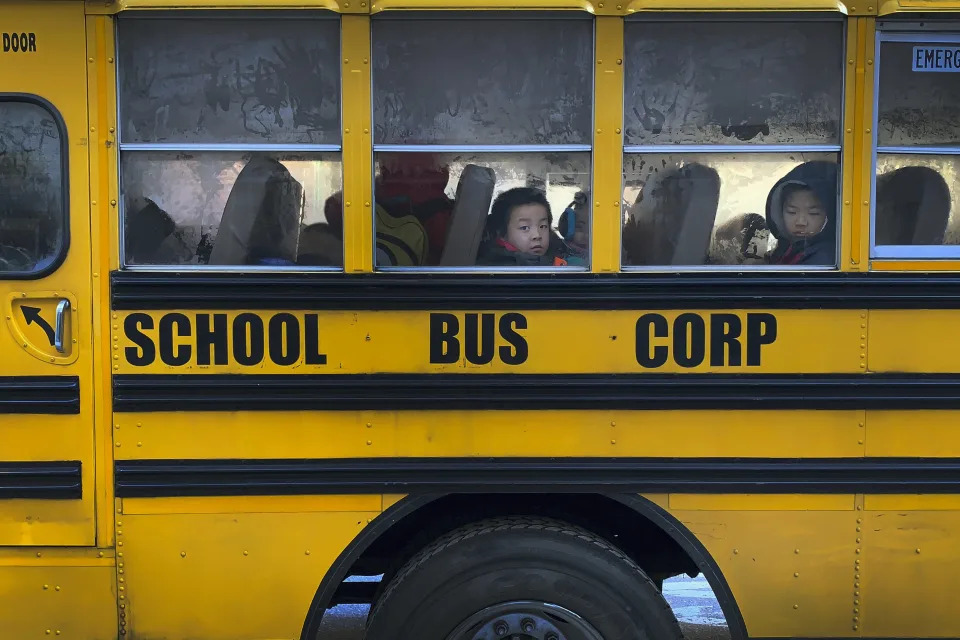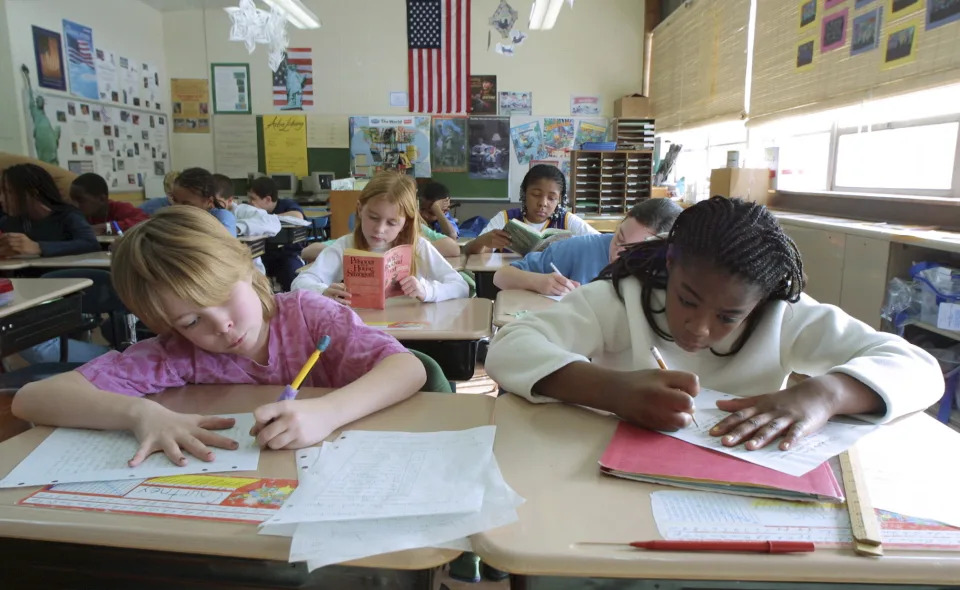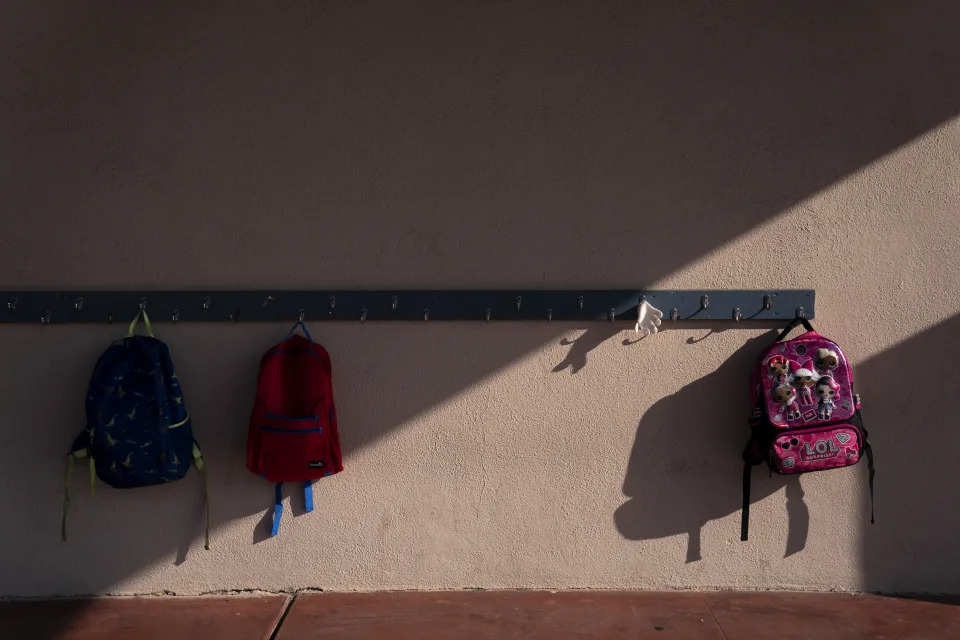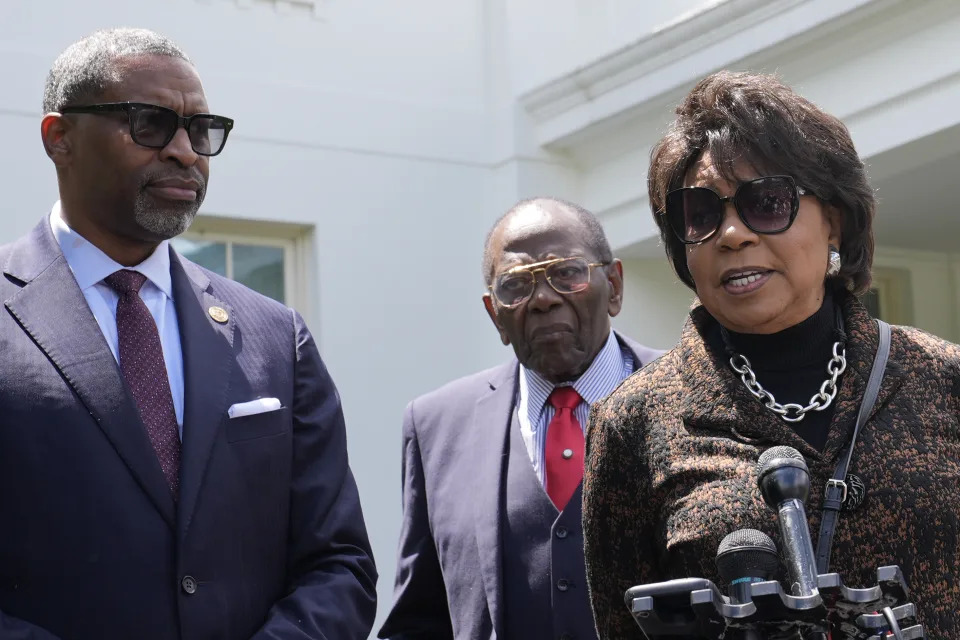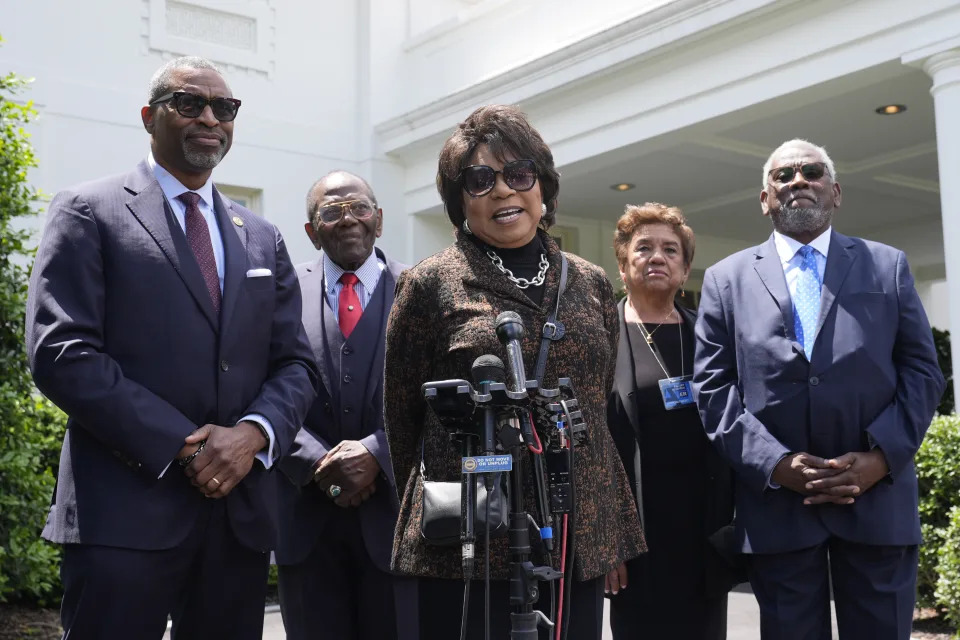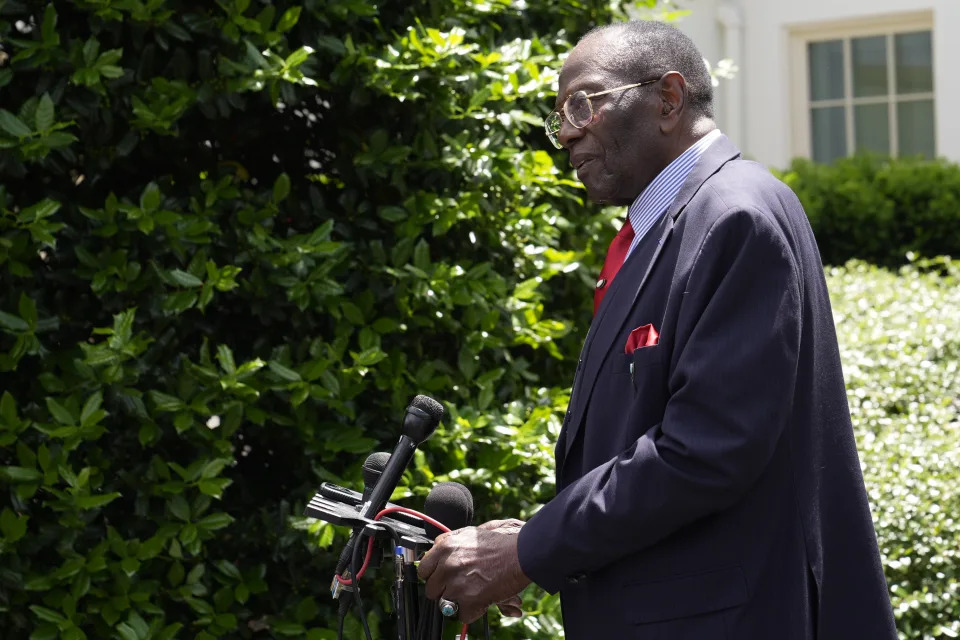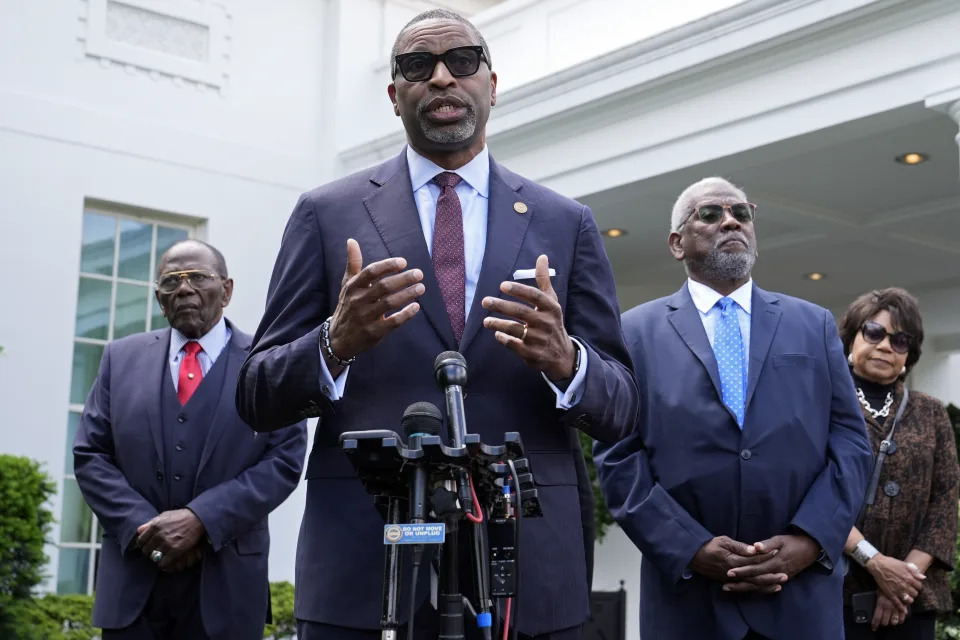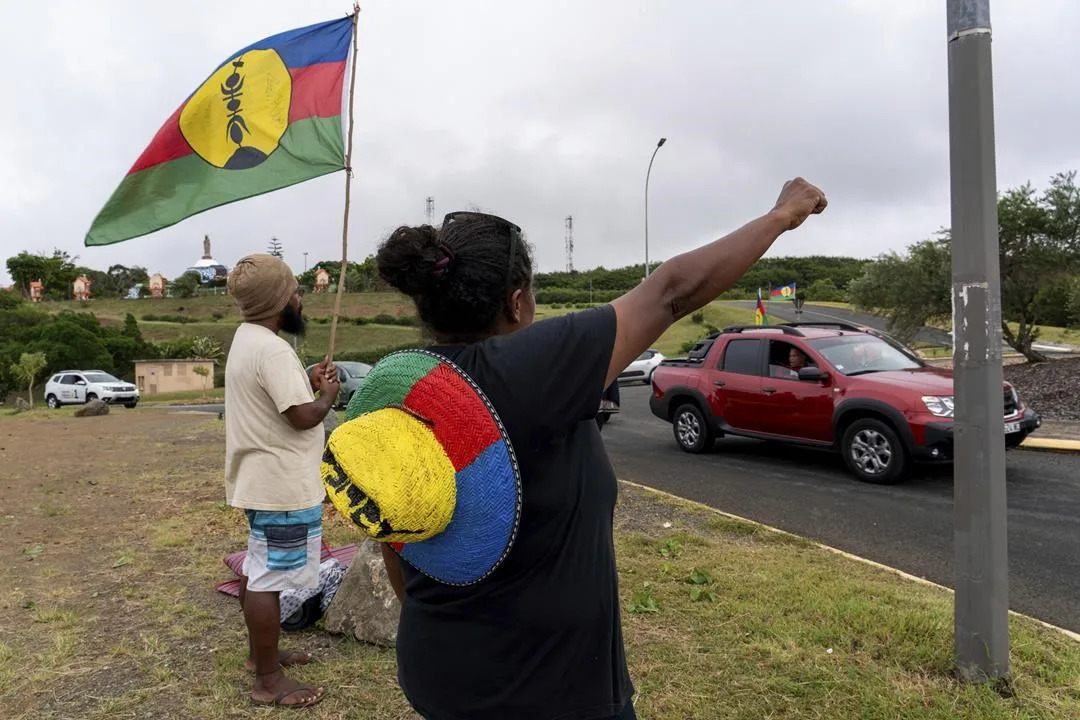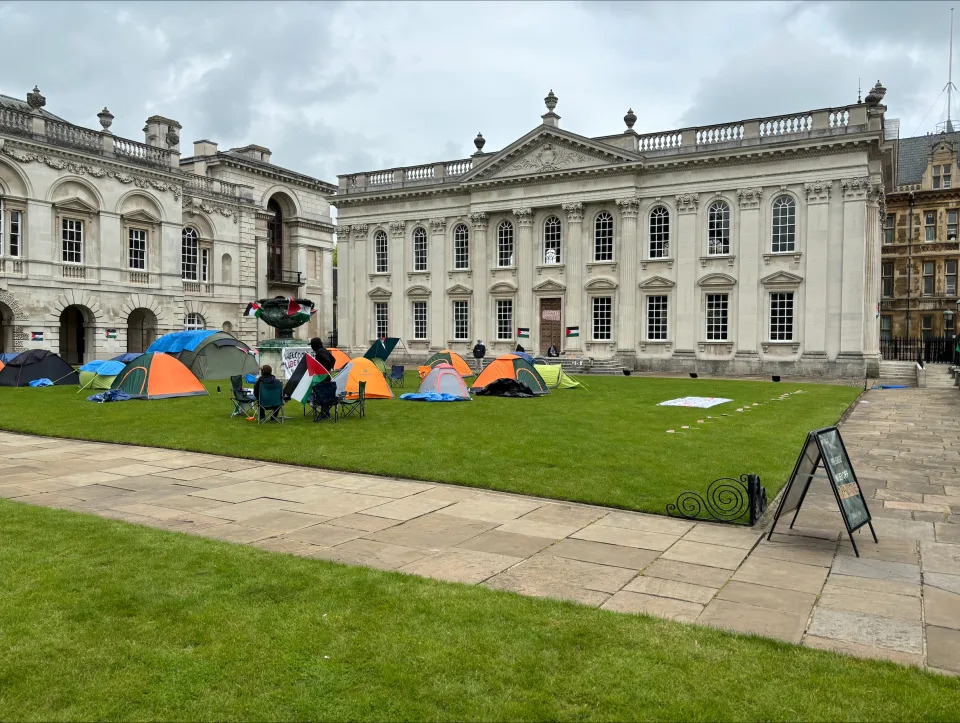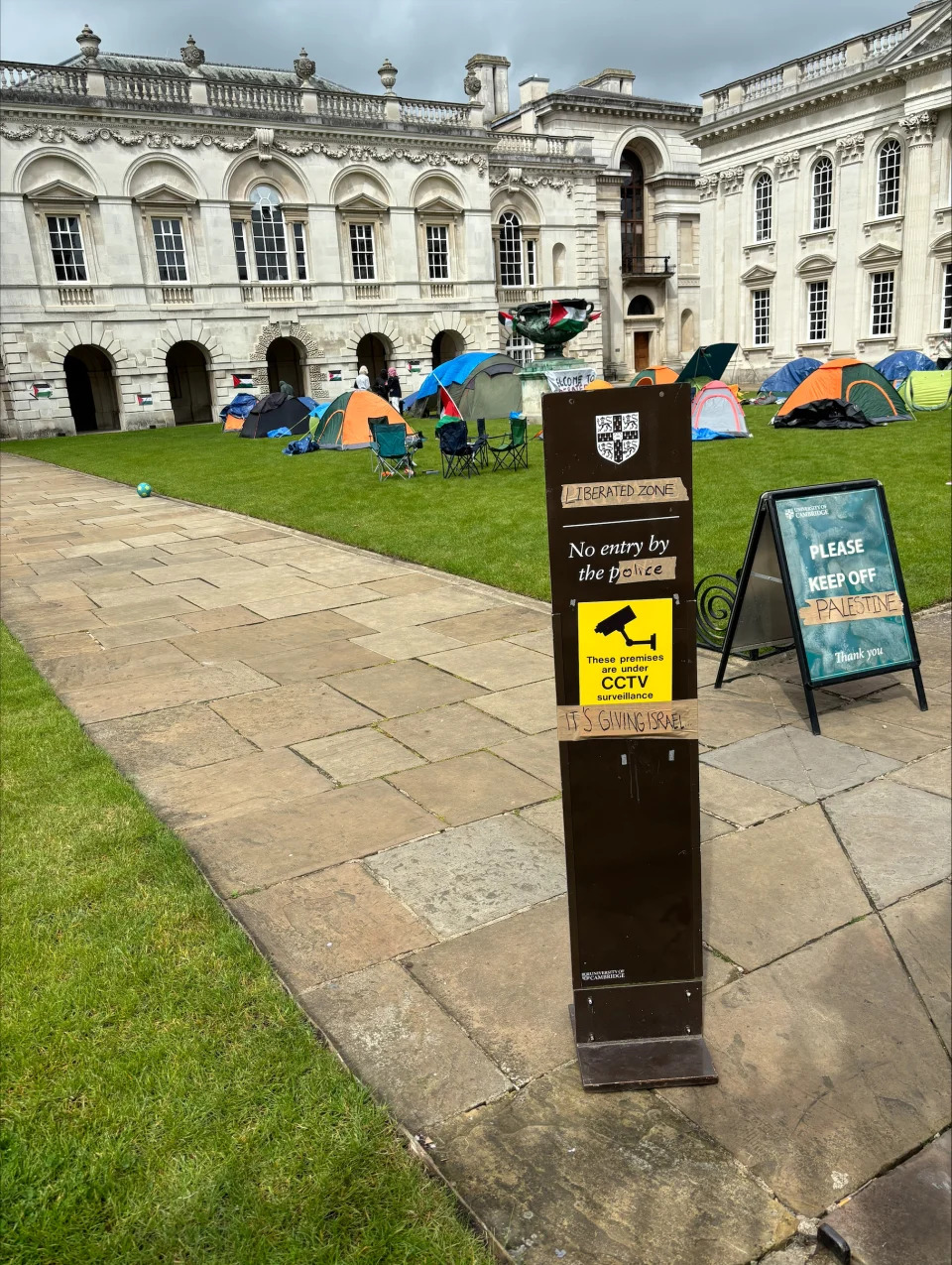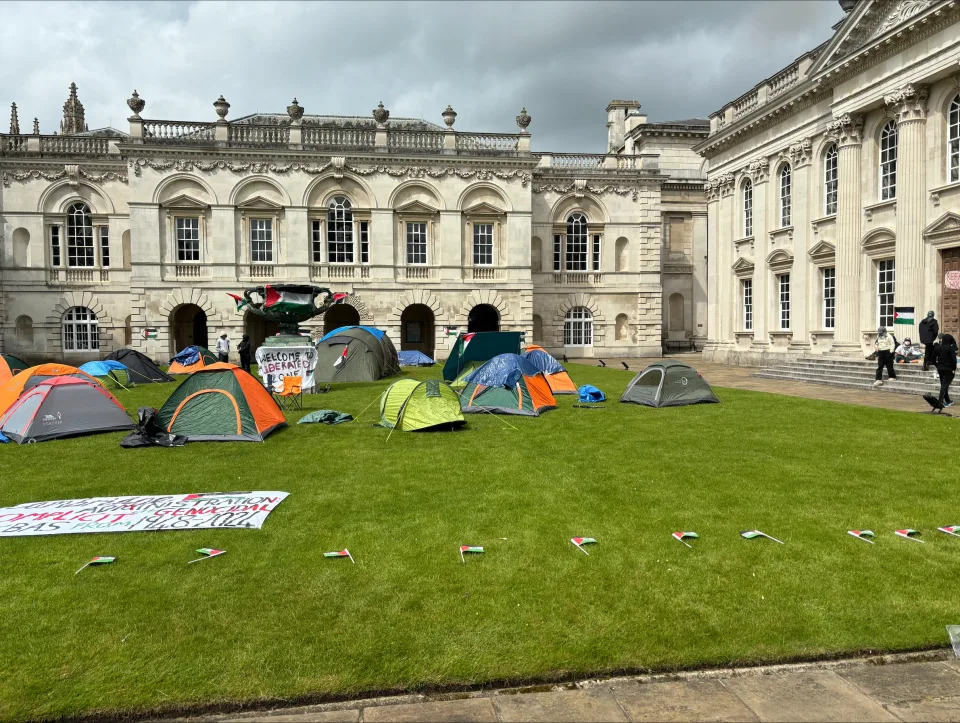Wed, May 15, 2024
HARRISBURG, Pa. (AP) — Natural gas producer CNX Resources said it plans to build a $1.5 billion facility at Pittsburgh's airport to make hydrogen-based fuels, but only if President Joe Biden’s administration allows coal mine methane to qualify for tax credits that are central to the Democrat's plan to fight climate change.
The proposed facility has the backing of Pittsburgh-area labor unions, which hope to fill thousands of construction jobs, and top Pennsylvania officials, including U.S. Sen. Bob Casey. But it is likely to face scrutiny from clean energy and climate change activists.
The announcement comes as Biden's administration decides how to tailor billions of dollars in tax credits in a massive effort to build out a hydrogen industry to be a cleaner alternative to fossil fueled energy and slash planet-warming greenhouse gas emissions.
CNX said the facility would remove a potent greenhouse gas from the atmosphere — methane vented from coal mines — and blend it with natural gas to produce enough hydrogen-based airline fuel to supplant almost all of the jet fuel consumption at Pittsburgh International Airport.
“We want to produce our gas here, use it here to solve complex problems and this is one of those that addresses a really hard problem to solve: decarbonizing aviation is a challenge," said Ravi Srivastava, CNX's president of new technologies.
CNX's partners include the airport and KeyState Energy, which is building a facility in northern Pennsylvania to produce hydrogen from natural gas.
Darrin Kelly, president of the Allegheny/Fayette Central Labor Council, called it the “most significant energy project" in years in a region where many boosters have hoped a natural gas boom would reindustrialize an economy battered by the collapse of coal and steel.
Climate change activists don't want coal mine methane and other fossil fuels to qualify for the tax credits.
They don't like coal mine methane escaping into the atmosphere, but producing hydrogen from fossil fuels, instead of from carbon-free electricity, would undermine the purpose of the entire hydrogen program to displace fossil fuels, they say.
“I fear that if we take this path, we’ll look up a decade down the line and see we’ll have just poured hundreds of billions of taxpayer dollars into something that is not clean and does not move us in the right direction," said Julie McNamara, a senior energy analyst at the Union of Concerned Scientists.
Lobbying is heavy over the final rule, giving Biden a political hot potato in a premier battleground state with fewer than six months until November's election.
The Treasury Department hasn’t said when it will publish a final rule, and nothing may happen before the election.
A final rule could determine how qualifying hydrogen projects must calculate their emissions and direct billions of public tax dollars on a sliding scale. Qualifying projects with the lowest emissions scores would get bigger tax credits.
As part of that, the department could determine whether a project can use coal mine methane as a feedstock. The federal government considers methane capture to have a negative emissions score, which helps lower the emissions score of a project that also uses natural gas a feedstock.
CNX could draw natural gas from below the airport and it has the rights to capture methane from coal mines in northern Appalachia.
Methane from operating and shuttered coal mines is normally vented straight into the atmosphere. Capturing it requires expensive equipment and there are no regulatory requirements or incentives to capture it.
The tax credit, however, makes methane capture economically viable as part of a project "that is checking all the boxes when it comes to economy, jobs and climate that the law was intending to check,” CNX’s CEO Nicholas DeIuliis said.
The project isn't financially viable without a tax credit to price the aviation fuel competitively, CNX officials said.
The draft regulation for the tax credits — part of Democrats’ Inflation Reduction Act passed in 2022 — was published in December. At the time, the Treasury Department said it anticipated a final rule would allow “hydrogen production pathways” using coal mine methane.
Administration officials estimate the hydrogen production credits will help the U.S. produce 50 million metric tons of hydrogen by 2050.
Hydrogen is being developed around the world as an energy source and can be made by splitting water with solar, wind, nuclear or geothermal electricity, yielding little if any greenhouse gases.
Most hydrogen today is made from natural gas. About 10 million metric tons of hydrogen is currently produced in the United States each year, primarily for petroleum refining and ammonia production.
___
Follow Marc Levy at twitter.com/timelywriter.
Marc Levy, The Associated Press
